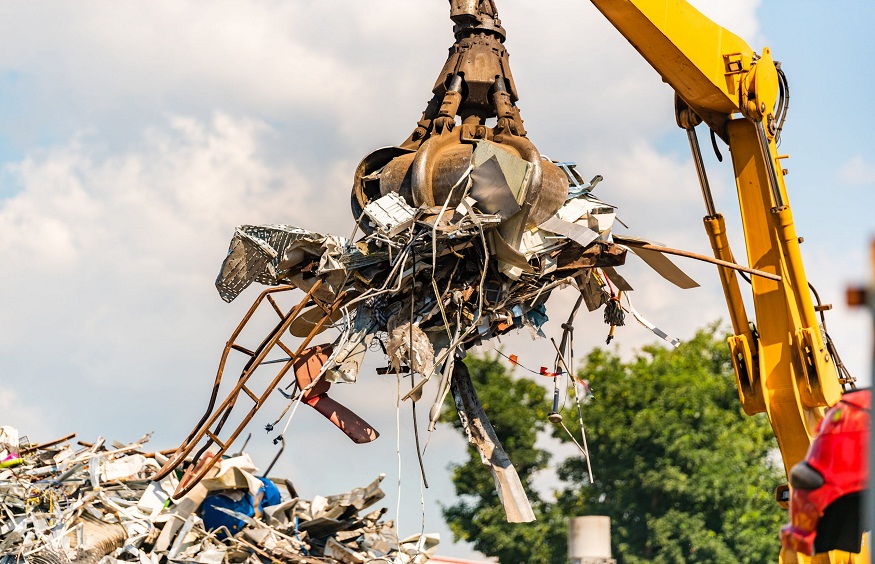The industry of base metal recycling is intricate and multidimensional, and it is vital to resource conservation, waste reduction, and sustainability. There’s a lot to learn about this vital discipline, from comprehending the many basic metal kinds to navigating the recycling process. This extensive guide will cover all you need to know about base metal recycling, including its significance and the procedures involved.
1. Knowing about Base Metals
It’s important to comprehend the several base metal kinds that are frequently recycled before diving into the field of base metal recycling:
- Copper: Commonly used in electrical wiring, plumbing, and electronics, copper is valued for its conductivity, corrosion resistance, and malleability.
- Aluminium: This metal is utilised in the packaging, transportation, building, and aerospace sectors because of its strength, lightweight nature, and resistance to corrosion.
- Steel: It is a versatile iron and carbon alloy that is employed in infrastructure development, automobile manufacture, and construction.
2. Importance of Recycling Base Metals
Recycling base metals is crucial for a number of reasons:
- Resource Conservation: By lowering the need for fresh mining, recycling base metals helps to preserve the earth’s limited natural resources.
- Waste Reduction: Recycling lessens trash and eases the strain on waste management systems by keeping scrap metal out of landfills.
- Energy Savings: Recycling basic metals lowers greenhouse gas emissions and saves energy since it uses less energy than manufacturing them from virgin ore.
3. The Method of Recycling
The following steps are usually included in the recycling of base metals:
- Gathering: Recycled metal is collected from various sources, such as consumer goods, construction sites, and industrial trash.
- Sorting: The scrap metal that has been gathered is divided into several groups according to its kind, grade, and quality.
- Processing: To get the sorted metal ready for melting, impurities are removed.
- Melting: To create molten metal, the metal is melted down in a furnace.
- Refinement: To increase its quality and get rid of impurities, the molten metal is refined.
- Casting: The refined metal is formed into bars, ingots, or other forms for use in manufacturing.
4. Economic and Environmental Advantages
Recycling base metals has major positive effects on the environment and the economy. For instance, recycling base metals lessens the energy used in the manufacturing of metals as well as the greenhouse gas emissions and energy consumption. On top of that, recycling also promotes employment development, increases income for recyclers, and boosts the economy.
5. Difficulties and Possibilities
Although recycling base metals has many advantages, it also has drawbacks, including pollution, technological constraints, and unstable market circumstances. However, these difficulties also offer opportunities for creativity, funding, and teamwork to enhance recycling procedures and address financial and environmental issues.
Conclusion
Recycling base metals is an essential activity that supports sustainable development, waste reduction, and resource conservation. By having a thorough awareness of the many types of base metals, the recycling process, and the economic and environmental advantages, individuals and organisations may navigate the world of base metal recycling more efficiently and make decisions that promote a more sustainable future.

